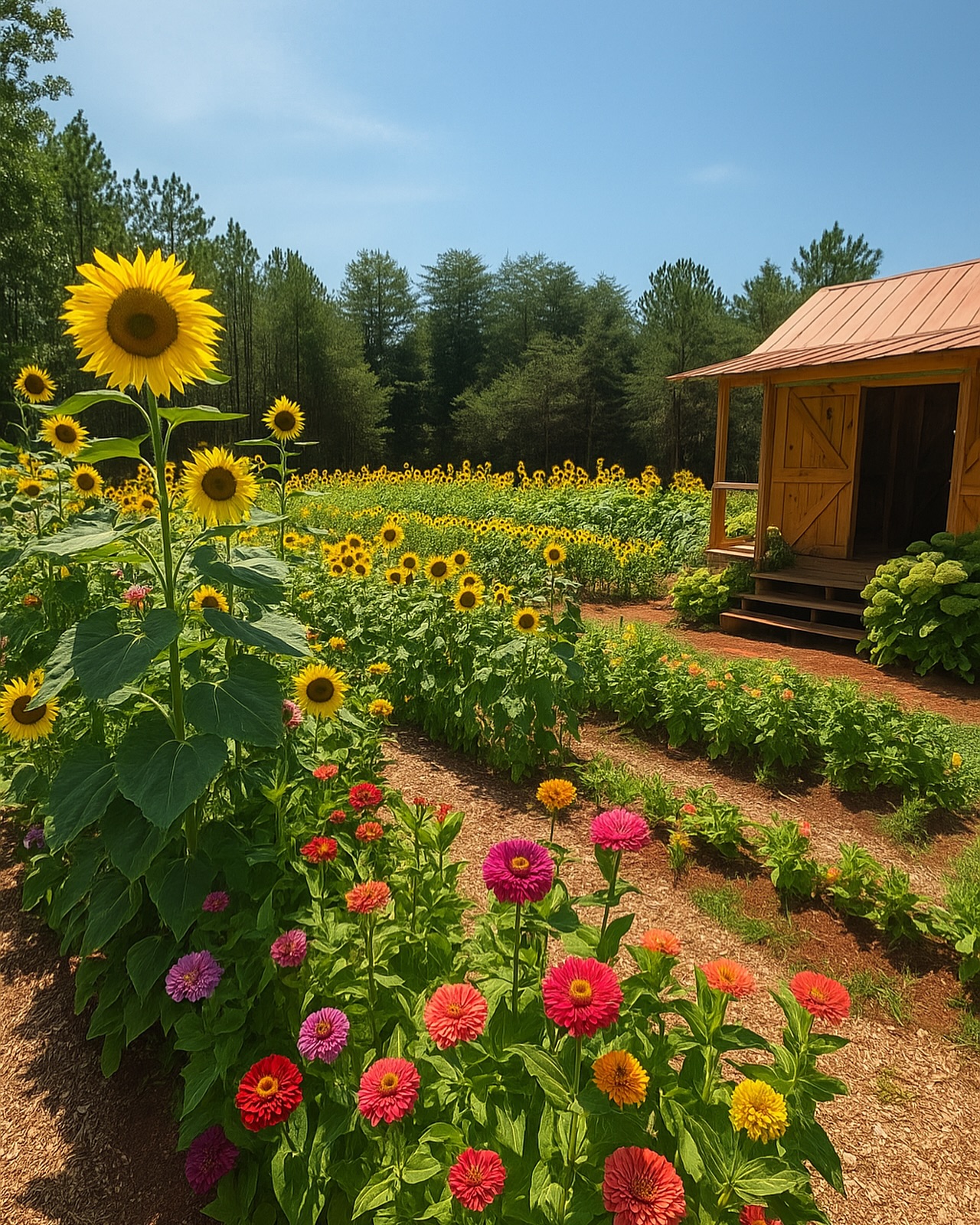Have you seen Abbott’s Sphinx Moth in Polk County?
Published 11:35 am Tuesday, April 9, 2019
In a joint effort to expand the knowledge and understanding of the flora and fauna of Polk County, Conserving Carolina and botanist/ecologist David Campbell need your help in locating this month’s “Polk County’s Most Wanted—Animal,” an interesting member of our insect fauna, Abbott’s Sphinx Moth (Sphecodina abbotti).
Abbott’s Sphinx Moth is a North American member of the worldwide family of Moths known as the Sphingidae. Sphinx Moths (referred to as Hawk Moths in other parts of the English-speaking world) are known for their powerful flight abilities, wide array of colors, and interesting caterpillars. Most Sphinx Moths are nocturnal but a few species, particularly those that mimic the appearance of Bumble Bees, are active during daylight hours. Most visit night-blooming species of plants like Morning Glory, Evening Primrose, etc., and a few species frequent sap runs on trees.
Trending
Abbott’s Sphinx has a predominantly somber coloration of brown and black but it does have some striking areas of yellow on the posterior portions of its wings. The males of this species typically fly from late afternoon until twilight, with females being on the wing later in the night, around midnight. Eggs are laid on various species of Grape (Vitis spp.) or Peppervine (Ampelopsis spp.). Caterpillar coloration varies between two types, one being lighter in coloration than the other.
Abbott’s Sphinx is found throughout North America from southeastern Canada, south to parts of eastern Texas. There is usually one flight period (from April to June), although there can be a partial second brood in the Deep South.
Abbott’s Sphinx may be sought at the edges of woods, gardens, or wherever grape vines and appropriate flowers grow. This species can also be baited using rotting bananas with a pinch of yeast added to aid in fermentation; this seems to stimulate interest in the moths in a similar way that sap runs on trees do.
Trending
In our region, April to May is the optimal time to observe Abbott’s Sphinx. Seek out this cryptic member of our Moth fauna at twilight in your favorite garden patch of fragrant flowers.
If you feel that you have seen this species, please reach out to Conserving Carolina, preferably with a picture for documentation.
If you think that you have seen Abbott’s Sphix Moth in Polk County, or if you locate them in the coming weeks, please send photos, questions, comments to Pam Torlina at Conserving Carolina by email at pam@conservingcarolina.org, so we can document its occurrence in Polk County.
Visit Conserving Carolina’s website, conservingcarolina.org/polk-most-wanted, for more information about “Polk County’s Most Wanted” and to download and print a “Pocket Guide” with all of the “Most Wanted” plants, animals, and habitats that you can be on the lookout for!
Now available for purchase on Amazon or free download: “An Inventory of the Significant Natural Areas of Polk County, North Carolina,” a culmination of David Campbell’s seven years in the field documenting the rare and significant flora and fauna in Polk County. The document can be downloaded from Conserving Carolina’s website at conservingcarolina.org/polk-county-inventory.
– Submitted by Pam Torlina / Written by David Campbell






